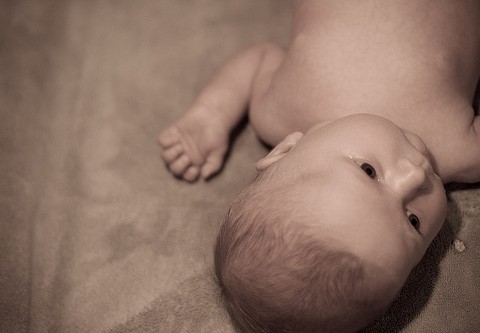Realizing the Risk Factors of SIDS
It is important to realize that having one or more of these risk factors does not mean that your baby will definitely develop SIDS, nor does it mean that not having any of these risks protects your baby from ever suffering from SIDS. Much more research is needed to flesh out the exact relationship between these factors and how to protect babies at risk.

There are some things you could do right now to protect your baby from SIDS. Always put baby to sleep on his back, and take all of the big fluffy pillows, blankets and stuffed animals out of his crib. Both of these steps can dramatically reduce a baby’s risk for accidental suffocation. While baby should sleep in a crib in his parent’s room, it is never advisable that baby sleep in bed with his mom and dad. Baby can get stuck in the bedding and there have even been cases where the adult accidently rolls over onto the baby while sleeping, not realizing that she’s there. Offering a pacifier has been shown to slightly reduce the risk of SIDS; it is believed that the pacifier keeps baby’s airway open a little larger, helping him get additional air. Finally, keep baby in a smoke-free environment. Insist that cigarette smoking be done outside and away from baby.
SIDS is a devastating event and diagnosis for everyone involved. Many parents experience tremendous guilt and often feel that something they did (or didn’t do) caused it to happen. For families dealing with a loss caused by SIDS, there is a ton of support available to them. Check out the National SIDS Resource Center for additional information and support.
Thank-you for reading this article. Please feel free to leave your thoughts in the comment section below.
Reference:
U.S. National Library of Medicine, National Center for Biotechnology Information. (2009). Sudden infant death syndrome Bethesda, MD: Retrieved from http://www.ncbi.nlm.nih.gov/pubmedhealth/PMH0002533/